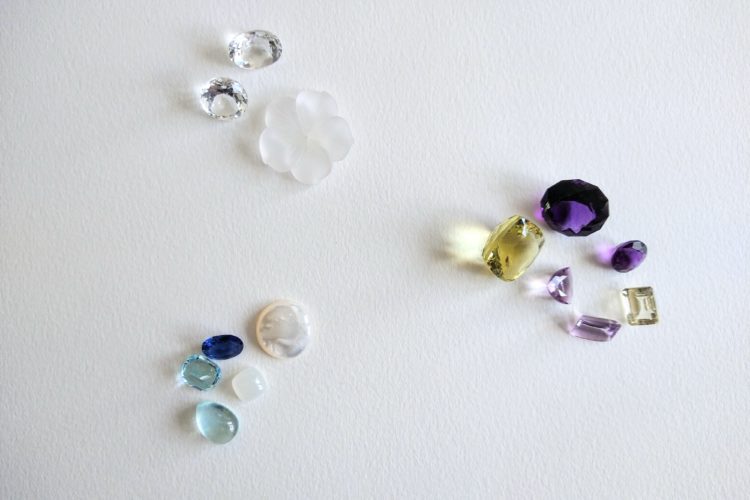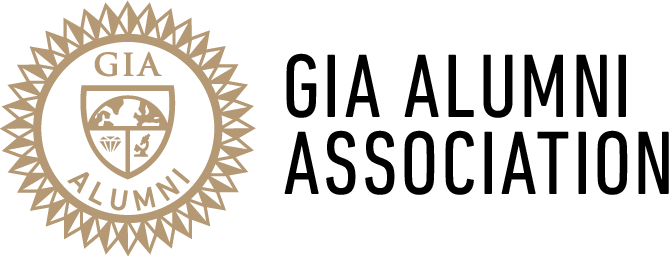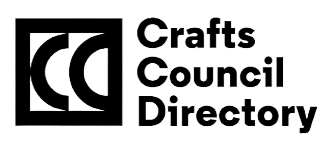A Diamond Is Forever. These 4 iconic words have appeared in every single De Beers advertisement since 1948! But how did it start and what does it mean?
Following up on the wedding theme from my last blog post
How do wedding rings work?
It is one of the most popular FAQs about weddings.
Do you know the answer? Presumably you’d reply that wedding rings are exchanged on the actual wedding day, while engagement rings are given at the proposal. That’s absolutely correct but digging deeper, why engagement rings? … That’s where I am taking you on a journey.
Once upon a time,
in the late 1880s, British financiers decided to set up De Beers Consolidated Mines, Ltd after huge diamond mines were discovered in South Africa. De Beers had full ownership and control of the world diamond trade.
Fast forward to the 1930s, De Beers was looking for new markets to stabilize falling diamond prices. The US was finally chosen and the plan was to create a situation where almost every person pledging marriage feels compelled to acquire a diamond engagement ring.
The concept of an engagement ring had existed since medieval times, but it had never been widely adopted. And before World War II, only 10% of engagement rings contained diamonds.
With De Beers and the US advertising agency N.W. Ayer, our perception of diamonds changed from precious stones to become essential parts of courtship and marriage. The first ‘A Diamond Is Forever’ campaign was launched, and is being successfully used today.
Interesting story isn’t it? Very insightful on several levels but that’s a discussion for another time.
A Diamond Is Forever but coloured alternatives exist too
Which stones were most popular pre WWII for engagement rings? Vintage and antiques fans, you will particulary love this section. Very briefly,
- The Victorian era – the colour blue was ubiquitous. As Queen Victoria’s favourite colour, stones like turquoise but also moostones or opals were very popular, and so were natural pearls. Marquise or navette shapes were also fashionable.
- The Edwardian era – delicate and organic, with an extensive use of the colour white while blue sapphires were often chosen to add a pop of colour.
- The Art Deco era – bold, the coloured gemstones of choice were sapphires, rubies and emeralds but also more affordable alternatives like amethysts, citrines and garnets.
Design your own ring
All the gemstones pictured below are currently available so please don’t hesitate to get in touch here if you would like to commission a piece using any of these beauties.
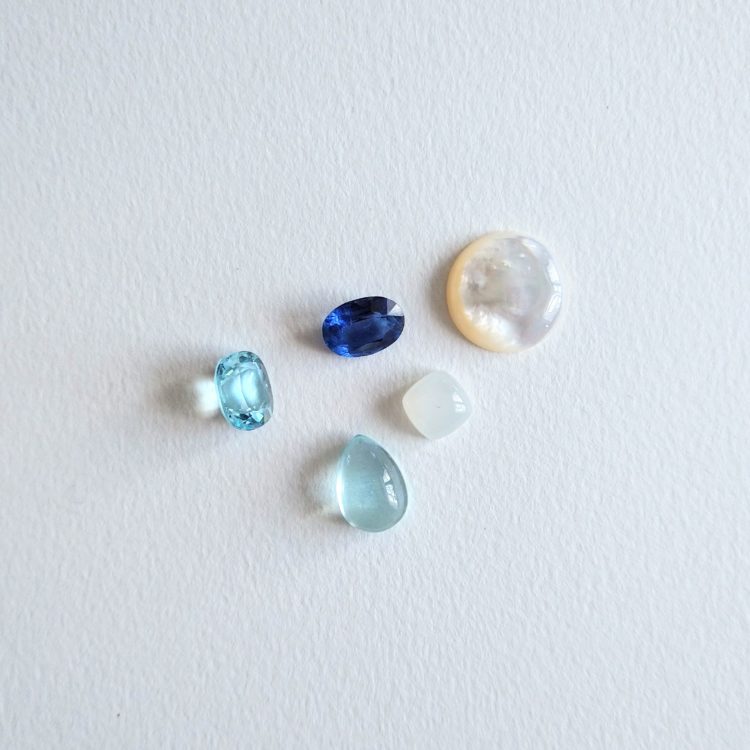
Our selection of Victorian era inspired gemstones. Clockwise from top right,
- Mother of Pearl – large button
- Moonstone – cushion cab
- Aquamarine – drop cab
- Aquamarine – faceted oval
- Blue Topaz – faceted oval
Love one or more of them? Get in touch here
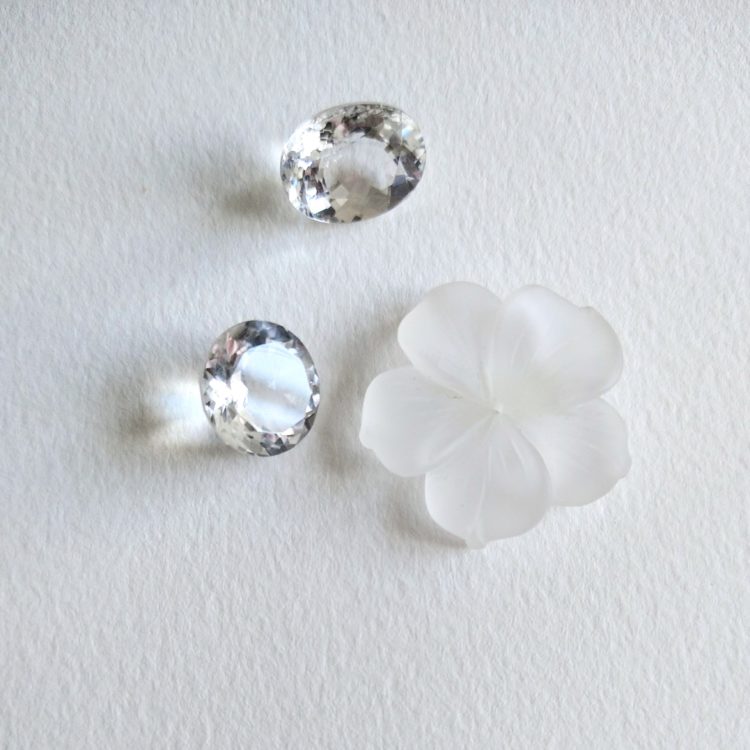
Our take on the Edwardian era colour scheme. Clockwise from top right,
- Rock Crystal – faceted oval
- Rock Crystal – frosted carved flower
- Rock Crystal – faceted round
Any one of them taking your fancy? Get in touch here
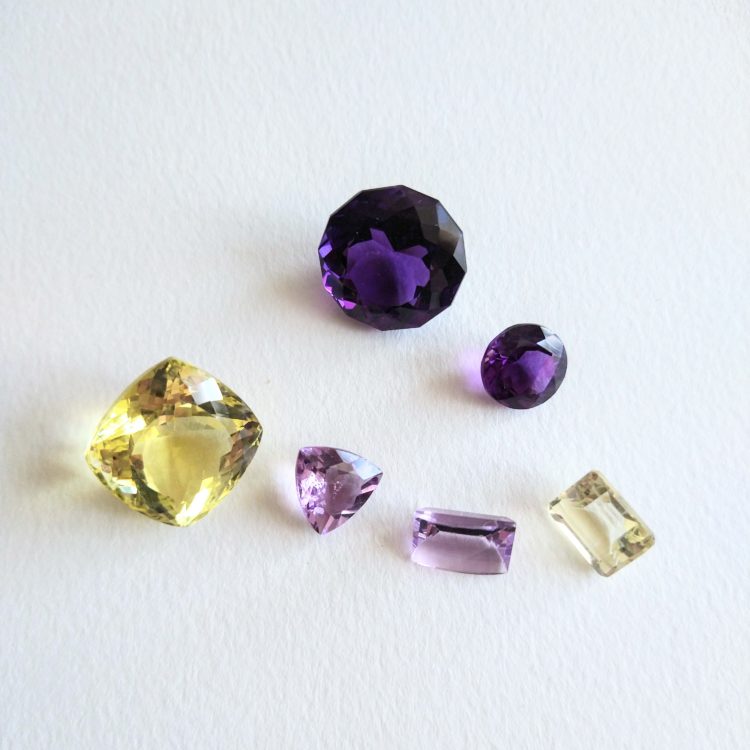
Finally, options currently in stock inspired by the Art Deco era colours. Clockwise from top right,
- Amethyst – large faceted round
- Amethyst – smaller faceted round
- Citirine – emerald cut
- Amethyst – emerald cut
- Amethyst – trillion cut
- CItrine – large cushion cut
Thinking of getting a bespoke piece? We’d love to help. Simply click here to get in touch.

